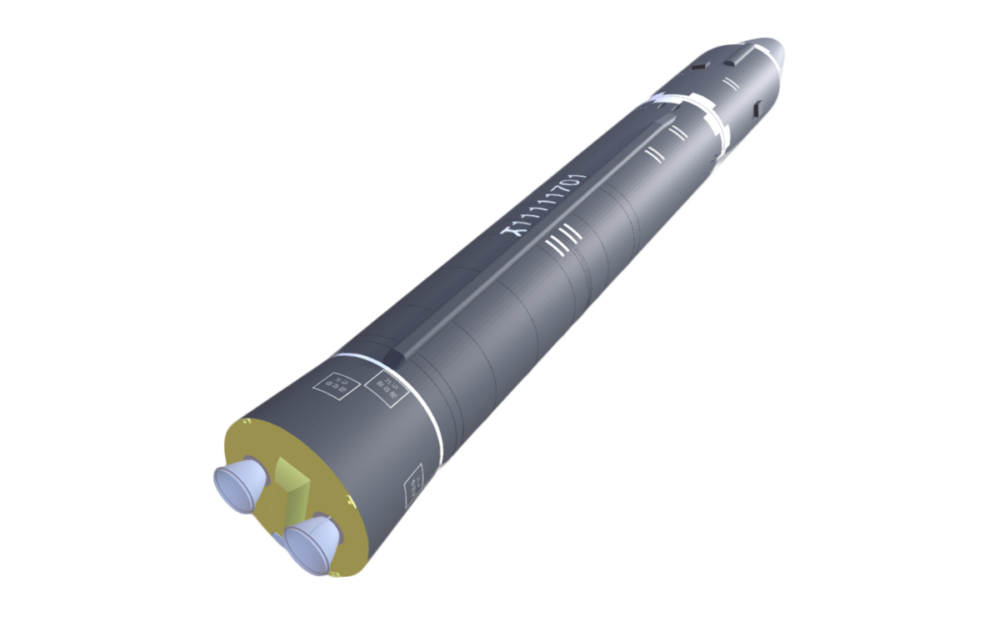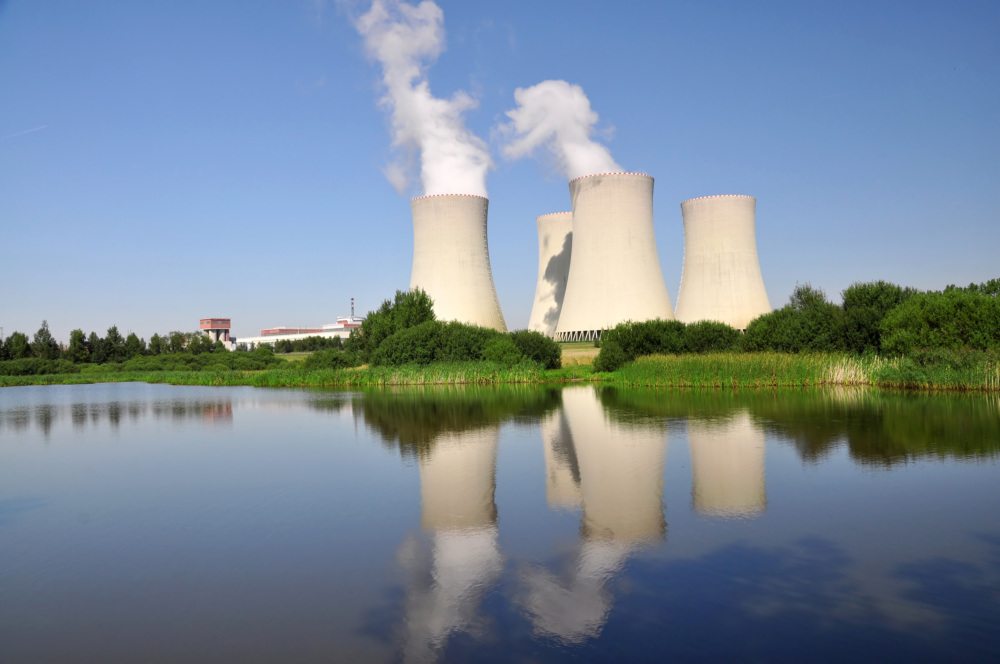
The CNS North Korea Missile Test Database
A collection of missile tests including the date, time, missile name, launch agency, facility name, and test outcome.
The United Kingdom became the world’s third nuclear power, after the Soviet Union and the United States, on 3 October 1952. It remains one of the five recognized nuclear weapons states under the Treaty on the Non-Proliferation of Nuclear Weapons (NPT), and has maintained a continuous deployment of nuclear-armed ballistic missile submarines since April 1969. Though it once possessed biological and chemical warfare programs, the United Kingdom ended both programs in the mid to late 1950s. Its limited missile program is now composed entirely of sea-launched missiles.
The United Kingdom is a nuclear weapon state party to the Treaty on the Non-Proliferation of Nuclear Weapons (NPT), and a member of all of the major WMD nonproliferation treaties and international export control regimes. The United Kingdom ratified the NPT in November 1968 and the Comprehensive Nuclear Test Ban Treaty (CTBT) in June 1998. The United Kingdom’s total nuclear stockpile consists of around 225 strategic warheads that can be deployed on four Vanguard-class nuclear-powered ballistic missile submarines (SSBN). 1 Under the Integrated Review of Security, Defence, Development and Foreign Policy released in March 2021, UK increased the cap on its nuclear warheads stockpile to 260, reversing a 2010 pledge to reduce the nation’s stockpile below 180 by the mid-2020s. 2 The UK justified this reversal by citing the evolving contemporary threat environment, noting in particular the rise of increased global competition and the proliferation of novel and potentially disruptive technologies. The move marked the first increase in the size of the UK arsenal since the end of the Cold War and a shift from previous Defense Reviews. The July 1998 Strategic Defense Review precipitated major changes to the British nuclear weapons program, including the removal of air-delivered weapons from service and exclusive reliance on SSBNs for nuclear deterrence. 3 The Review also mandated that only one submarine be on patrol at a time, it reduced the number of warheads carried aboard to a maximum of forty-eight, and it required the missiles be de-targeted. 4 The 2010 Defense Review further reduced the maximum number of deployed warheads to forty per submarine as part of a plan to cut the UK’s operational nuclear weapons to 120, with the goal of reducing the total stockpile from 225 weapons to 180 by the mid-2020s. 5 In January 2015, Defense Secretary Michael Fallon announced that the British government had fulfilled its pledge, operational nuclear weapons limited to 120 with only 40 deployed on each submarine. 6 The 2015 Strategic Defense Review further limited the number of operational missiles deployed on each submarine to eight. Again citing a changing global security dynamic, the 2021 Integrated Review discarded the nation’s long-standing policy of providing public figures for its operational stockpile and deployed warhead or missile numbers, opting instead for a policy of deliberate ambiguity. 7 Both changes made in the 2021 Integrated Review have been met with criticism from civil society groups and foreign governments who note that the new stance directly contradicts Britain’s oft-repeated commitment to nuclear disarmament. 8 Concern has also been expressed that the policy of ambiguity may weaken the credibility of the UK’s condemnations of Chinese and Russian proliferation and lack of transparency as well as its ability to engage with Iran to prevent its development of nuclear weapons.
The United Kingdom is currently engaged in several modernization projects related to its Continuous at Sea Deterrent (CASD). Among these projects is the effort to replace the current fleet of Vanguard-class SSBNs upon which the country’s CASD depends with four new Dreadnought-class SSBNs. The new Dreadnought SSBN missile compartments will be equipped with 12 launch tubes, down from the 16 carried by their predecessors. The First of Class Dreadnoughts are expected to enter into service by the early 2030s. 9 As the first Vanguard class submarine was initially slated for retirement in 2024, the service lives of the ships has been extended through refitting and maintenance processes the late 2020s to early 2030s. In addition to SSBN modification and replacement efforts, the United Kingdom is currently engaged in a joint project with the United States to replace the nation’s existing warheads. 10
Nuclear power provides approximately 18% of the United Kingdom’s electricity. 11 Nuclear power remains a key component of the government strategy to meet greenhouse emission targets under the Paris Agreement, and the UK Net Zero target passed in 2019. 12 Efforts to increase UK nuclear production to meet these targets has resulted in the signing of deals to construct new power plants. In the face of the collapse of private sector support of UK nuclear power projects, the UK government has introduced a new model for reactor funding, and has provided government investment in the UK’s nuclear industry funding advanced materials manufacturing projects, including Advanced Modular Reactor Projects, to promote the development of the UK nuclear industry. 13
As a result of Brexit, the UK is no longer a member of the European Atomic Energy Community (Euratom). From 1 January 2021 and the end of the transition period, cooperation between Euratom and the UK is governed by the EU-UK Agreement for cooperation on the safe and peaceful uses of nuclear energy. 14 The agreement provides a framework to facilitate research and development in areas of common interest and trade in nuclear materials and technologies.
As a further result of departing Euratom, on 1 January 2021, the Office of Nuclear Regulation (ONR) assumed the role previously fulfilled by Euratom, delivering a State System of Accountancy for and Control of Nuclear Material, ensuring that the UK meets its international safeguards obligations and maintains a domestic safeguards system analogous to that of Euratom. 15
The United Kingdom participates in efforts to control the export of nuclear technology through its membership in the Nuclear Suppliers Group (NSG) and the Zangger Committee (ZAC).
Beginning in 1934, the United Kingdom weaponized anthrax and conducted research on botulinum toxin and the pathogens that cause plague and typhoid fever. 16 By the late 1950s, the United Kingdom no longer had an offensive biological weapons program, although its defensive biological program remains strong today. 17 London ratified the Biological and Toxin Weapons Convention (BTWC) in March 1975, and is a member of the Australia Group (AG), an export control mechanism for chemical and biological weapons. On 28 March 2005, the United Kingdom, the United States, and Russia issued a joint statement affirming their support for the BTWC and called on all remaining countries not party to the BTWC to implement and comply with the convention. 18
The United Kingdom’s nuclear deterrent currently resides on four Vanguard-class submarines, each outfitted to carry 8 U.S.-supplied Trident II (D-5) sea-launched ballistic missiles (SLBM) and up to 40 warheads as of November 2020. 19 The UK shares a pool of missiles with the United States at the Strategic Weapons Facility Atlantic, Kings Bay Submarine Base, Georgia. The Royal Navy retrieves missiles from the U.S. storage area and equips them with warheads at the Royal Naval Armaments Depot at Coulport in Scotland. Although the United Kingdom has title to 58 SLBMs, it technically does not own them, and the United States handles missile servicing. 20
The United Kingdom has a highly developed missile program with maritime, air, and land capabilities. The UK has been undertaking efforts to update its missile defense systems. In 2018, the Sea Ceptor Missile system, a sea-based missile defense system employing the Common Anti-air Modular Missile (CAMM) produced by MBSA entered into service, replacing the former VL Seawolf system. Sea Ceptor has been fitted to the Royal Navy’s type 23 frigates and will be fit to the navy’s new-generation Type 26 frigates, currently under construction. 21 The new Sky Sabre ground-based air defense program was designed to replace the existing Rapier Short Ranger Air Defense and is expected to achieve initial operating capability in November 2020. Sky Sabre employs a ship-based version of the CAMM, produced by MBDA and known as Sea Ceptor, has replaced the Royal Navy’s VL Seawolf defense system and has been fitted to the Navy’s Type 23 frigates. The land-based version of CAMM, referred to as Land Ceptor, completed its first successful firing trials in 2018. 22 Additionally, under the Future Cruise/Anti-Ship Weapon Programme, the UK is working with France on a new supersonic cruise missile to replace the Harpoon anti-ship missile and the Storm Shadow air launched cruise missile by 2030. 23
The United Kingdom is a member of the Missile Technology Control Regime (MTCR), an informal mechanism that aims to restrict the proliferation of unmanned delivery systems capable of delivering weapons of mass destruction, and subscribes to the Hague Code of Conduct Against Ballistic Missile Proliferation (HCOC), designed to supplement and bolster the MTCR.
The United Kingdom’s World War II stockpile of weaponized chemical agents included phosgene, mustard gas, and lewisite. 24 However, the country renounced its chemical weapons (CW) program in 1957 and subsequently destroyed its chemical stockpiles. 25 London ratified the Chemical Weapons Convention (CWC) in May 1996 and participates in the Australia Group (AG).
Sign up for our newsletter to get the latest on nuclear and biological threats.
A collection of missile tests including the date, time, missile name, launch agency, facility name, and test outcome.
At this critical juncture for action on climate change and energy security, 20 NGOs from around the globe jointly call for the efficient and responsible expansion of nuclear energy and advance six key principles for doing so.
Information and analysis of nuclear weapons disarmament proposals and progress in Belarus
